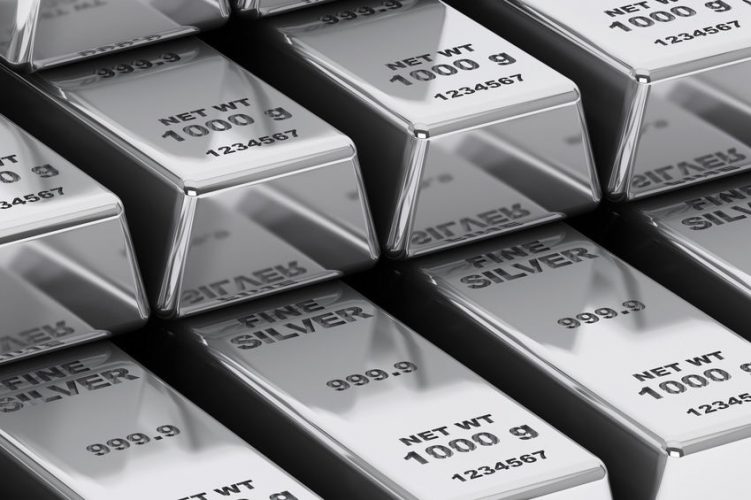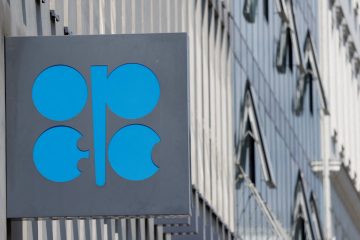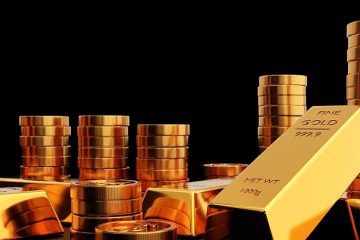Silver is experiencing a remarkable resurgence

Not everything that shines is merely gold; silver also plays a significant role. The price of the commodity has risen approximately 34% year to date, surpassing gold, which continues to reach record highs. As of the current year, approximately $856 million has been directed into the iShares Silver Trust, an exchange-traded fund that holds physical silver bullion, as reported by FactSet. Wheaton Precious Metals, a firm holding rights to precious metals from various mines, including gold and silver, has seen an increase of approximately 30% year to date.
The demand for silver remains robust, serving dual purposes as a store of value and an essential industrial commodity. The Silver Institute, a prominent industry association, posits that the demand for silver has consistently surpassed supply over the last three years. The forecast indicates a further deficit for the current year. Citi Research posits that demand within the solar sector has likely exceeded expectations, estimating that the market has experienced a deficit over the last five years. Firstly, the output from mining operations has been lackluster. Over 70% of silver extracted from mines is derived as a byproduct of other metals, including lead, zinc, copper, and gold. The persistent weakness in zinc prices has led to the closure of several mines. In the previous year, a significant mining operation in Mexico, recognized as the leading global supplier, experienced a four-month shutdown due to labor unrest. Although recycling can mitigate a portion of that deficit, it generally represents less than 20% of the overall supply.
Concurrently, there has been an uptick in demand from industrial applications, significantly driven by the manufacturing of solar panels, in which silver plays a crucial role. A significant portion of silver’s supply is allocated to industrial applications, in contrast to gold. The demand for silver in the solar sector surged by 158% between 2019 and 2023, as reported by the Silver Institute. The group anticipates a further 20% increase in demand this year. “The global shift towards electrification is significantly benefiting silver,” remarked Michael DiRienzo, chief executive of the Silver Institute. He noted that most industrial applications of silver lack feasible alternatives.
The market would likely achieve a state of equilibrium were it not for the prevailing investor preference for silver coins and bars. This year’s surge in silver prices can be attributed, in part, to investors seeking refuge in precious metals amid indications of a faltering U.S. economy, as noted by Max Layton, the global head of commodities research at Citi Research. The anticipation of reduced interest rates serves as an additional rationale for this phenomenon: The demand for noninterest-bearing assets typically increases in response to falling interest rates. The rise in gold prices can be attributed to these factors, while silver prices have traditionally shown a correlation with gold.
Currently, a substantial amount of silver remains stored in vaults, providing a buffer against deficits. At the close of 2023, approximately 15 months’ worth of annual mined silver supply was held in London and exchange-registered vaults, as detailed in a report from the Silver Institute. However, those inventories have decreased by approximately 26% in the last two years. The Silver Institute and Citi Research anticipate a continued market deficit in 2024, suggesting a potential decline in aboveground silver stocks.
What additional factors could propel silver prices further upward? China warrants attention, as Layton notes that vulnerabilities in the property and consumer sectors are increasing the demand for silver as a store of value. Simultaneously, the nation’s robust expansion of solar energy and electric vehicles is fueling its demand as an industrial commodity. This contrasts with commodities like oil, adversely impacted by China’s bifurcated economy, and other metals such as gold, which benefit from retail demand stemming from declining property prices, yet do not gain significantly from the clean-energy transition.
In a significant move, China imposed quotas on gold imports for various Chinese banks in August, as reported by Reuters. A report from Citi suggests that retail investment may be shifting towards silver, as evidenced by the country’s silver-bullion imports—a reliable indicator of retail demand—rising from negligible levels to over $100 million earlier this year. Citi suggests that if China were to purchase silver at merely 10% of its current gold acquisition rate, the resultant demand could represent approximately 20% of the total mined silver supply.
Another factor to monitor is the trajectory of the Federal Reserve. A continued reduction in interest rates by the central bank may lead to an increase in demand for gold and silver. Moreover, should reduced interest rates stimulate increased industrial activity in the U.S., particularly in debt-dependent solar initiatives, this could further elevate the demand for silver. Silver continues to be undervalued in relation to gold: An investor can acquire approximately 83 troy ounces of silver for the price of a single troy ounce of gold. That represents a significant reduction relative to the previous two decades, during which the average ratio stood at 67. Despite a rally in silver prices this year, they remain significantly below the peaks observed in 1980 and 2011.









